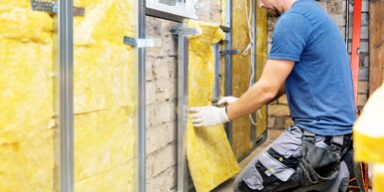Energy efficiency is an important consideration in basement designs in the UK, as basements can often be sources of heat loss and air infiltration. To ensure that basement designs are energy efficient, it is important to consider several key factors, including insulation, ventilation, and air sealing. Here is an overview of how to achieve energy efficiency in basement designs in the UK:
Insulation: Insulating the walls, floors, and ceilings of a basement is critical for maintaining a comfortable temperature and reducing heat loss. There are several types of insulation materials that can be used for basement construction, including fiberglass, cellulose, and spray foam. It is important to choose an insulation material that is suitable for the intended use of the space and meets local building codes and regulations.
Ventilation: Adequate ventilation is also important for maintaining a comfortable temperature in a basement and reducing the risk of mold and mildew. This can be achieved through the use of natural ventilation, such as openable windows, or mechanical ventilation, such as fans or heat recovery ventilation systems.
Air sealing: Air sealing is the process of sealing cracks and gaps in the structure of a basement to prevent air infiltration. This can be achieved through the use of weatherstripping, caulking, and air-sealing products, such as spray foam insulation. Air sealing can help to reduce heat loss and improve the overall energy efficiency of a basement.
In conclusion, energy efficiency is an important consideration in basement designs in the UK, as basements can often be sources of heat loss and air infiltration. By considering factors such as insulation, ventilation, and air sealing, it is possible to achieve an energy-efficient basement design that is comfortable and sustainable. It is important to work with a professional designer and builder to ensure that the basement design meets all of the necessary requirements and provides the desired level of functionality and comfort.

